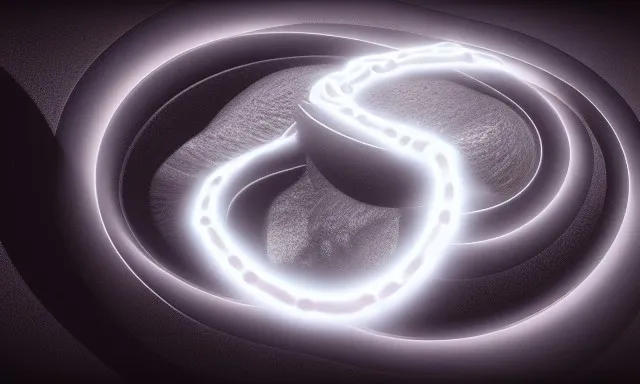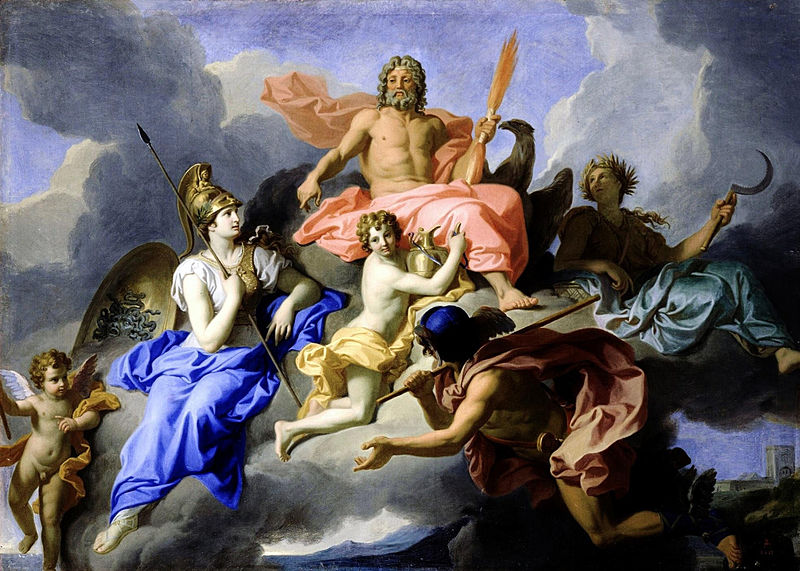
When you are in a state of spiritual seeking, you are really in state of looking for a map that would prove so accurate that it can be committed to above all others. You have somehow gotten it into your head that you are after the ultimate representation of truth, and despite having looked for that high and low, you have always come up short – and thus, the seeking continues.
Because of the time and energy you have invested in doggedly hunting for the truth, you expect it to present in the form of representation, not as truth itself. This fact may seem so obvious and self-explanatory that it completely escapes your notice, but in actual fact, this realisation is crucial. You see, everything you have tried before has arrived and left again in the form of a representation.
Oddly enough, the conclusion we end up with is that we must just have not quite landed upon the appropriate representation yet, whether that is in the form of a book, a teacher, a teaching, or a tradition. Perhaps we didn’t quite get what the teacher was really saying, or perhaps we didn’t quite meditate as well as we could have.
This is a strange bind that the seeker has gotten themselves into. The way out is not to find an accurate map, although your total commitment to any one map, accurate or not, might just be sufficient to push you right through – but you won’t end up where the map was showing you.
You won’t end up with a map at all, because that isn’t what you were really looking for in this endeavour.
The yearning for truth you experience comes from deeper than the mind. Although your mind will do its best to convince you otherwise, you don’t need another map – and yet here I am sketching out another unnecessary map. It is unnecessary at my end in the respect that I know it is totally unneeded, though it is necessary at your end for precisely so long as you think it is necessary. The map to the forest is made out of the same thing the trees are made out of, but can you see? Are you willing to bridge the gap, the paper wall, and see past into the trees themselves?

The difficulty in all this is that I am trying to communicate with you in such a way that I am using a map to ask you to put down all maps, including those produced by me. I have no intention of converting anyone to becoming map readers, and I certainly do not intend to inspire map stalwarts who promote one map exclusively over another.
Now, it may be true in a relative cultural sense that a map produced in one particular style and language is more easily accessible to one person or group than another, and there is no problem with this. It doesn’t mean that one map is better than another, because ultimately all maps have to be subordinate to reality, whether they are accurate or not.
Have you noticed that those who are most comfortable in their own skin in whichever spiritual or religious tradition they happen to be a part of seem to have no issue whatsoever in communing with others of different faiths? Someone such as the Dalai Lama is an excellent example of this spirit of universal compassion, understanding and humility.
The reason is that they have pushed through the imaginary boundaries circumscribed by the map, even the one they were taught to revere as the most sacred. They see through to where another person is, regardless of how lost that person might seem to themselves in regard to their own maps – their own beliefs and representations.
Reality is not to be found through maps. To relieve yourself of this notion is one of the most tremendous gifts that realisation has to offer, though it is far from being the only one.
Why not for one moment try what hasn’t been tried before in earnest? Take the maps you have been given, including my own, and those you have inherited from your family or culture, or drawn yourself. Fold them away, gently put them to one side, then see what has always actually been here. When you transcend the maps, you will find yourself exactly where you are, which is precisely where the meeting with your true self was always intended.
See what is right here, right now, without the map, and without forcing any judgment or interpretation upon it. Because you are no longer using a map as a reference tool, there is no relative notion of having arrived, nor is there any relative notion of being off track or lost. What is actually here that all of the maps have been referring to? Then see what happens to your preoccupation with seeking and the maps we have superimposed over it that we refer to as ‘spirituality’.
*
Simon P Murphy is a Nelson-based esotericist and philosopher, and author of His Master’s Wretched Organ, a brilliant collection of weird fiction stories.
*
If you enjoyed reading this essay/article, you can get a compilation of the Best VJMP Essays and Articles from 2021 from Amazon for Kindle or Amazon for CreateSpace (for international readers), or TradeMe (for Kiwis). Compilations of the Best VJMP Essays and Articles of 2020, the Best VJMP Essays and Articles of 2019, the Best VJMP Essays and Articles of 2018 and the Best VJMP Essays and Articles of 2017 are also available.
*
If you would like to support our work in other ways, subscribe to our SubscribeStar fund, or make a donation to our Paypal! Even better, buy any one of our books!



